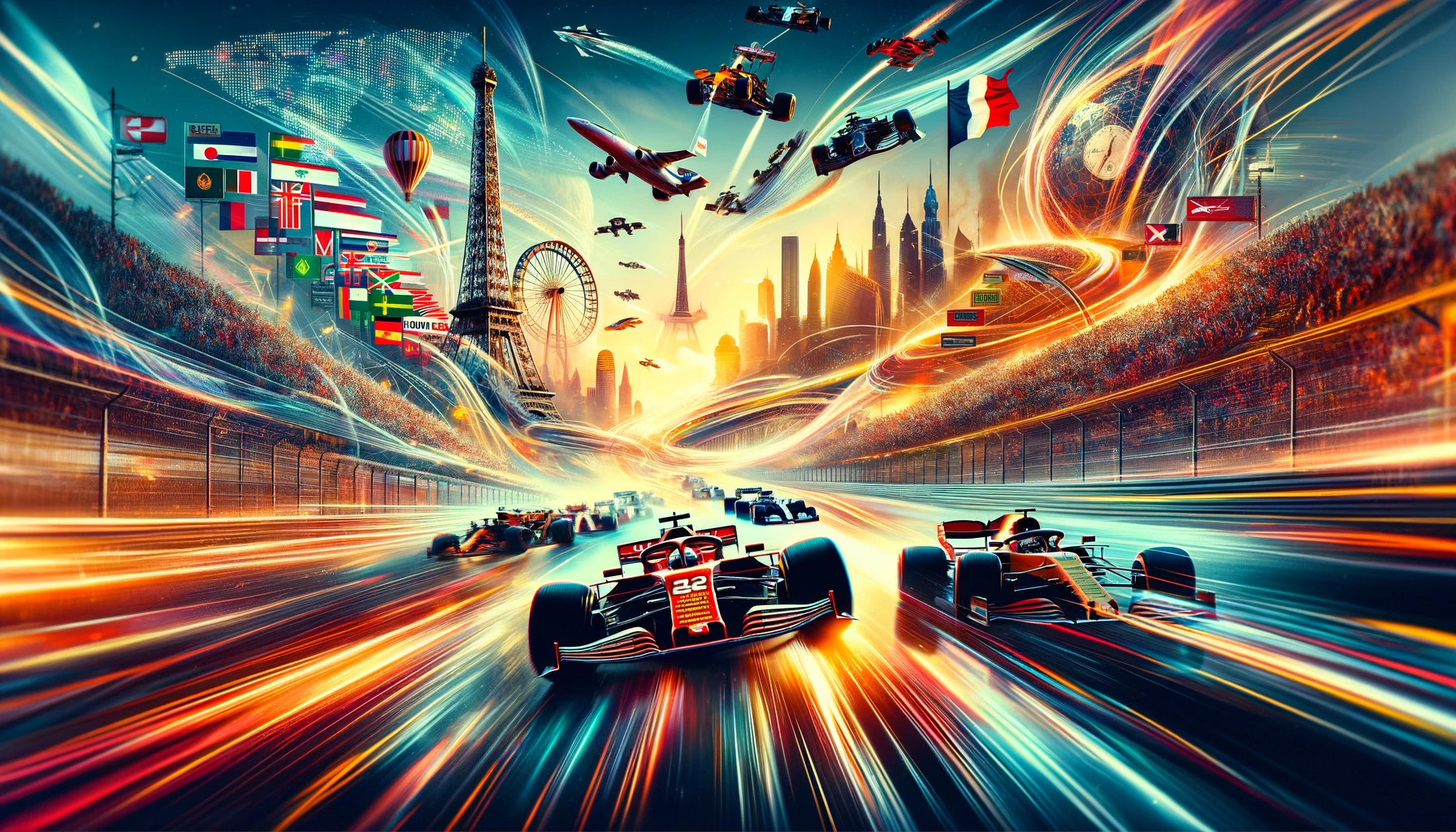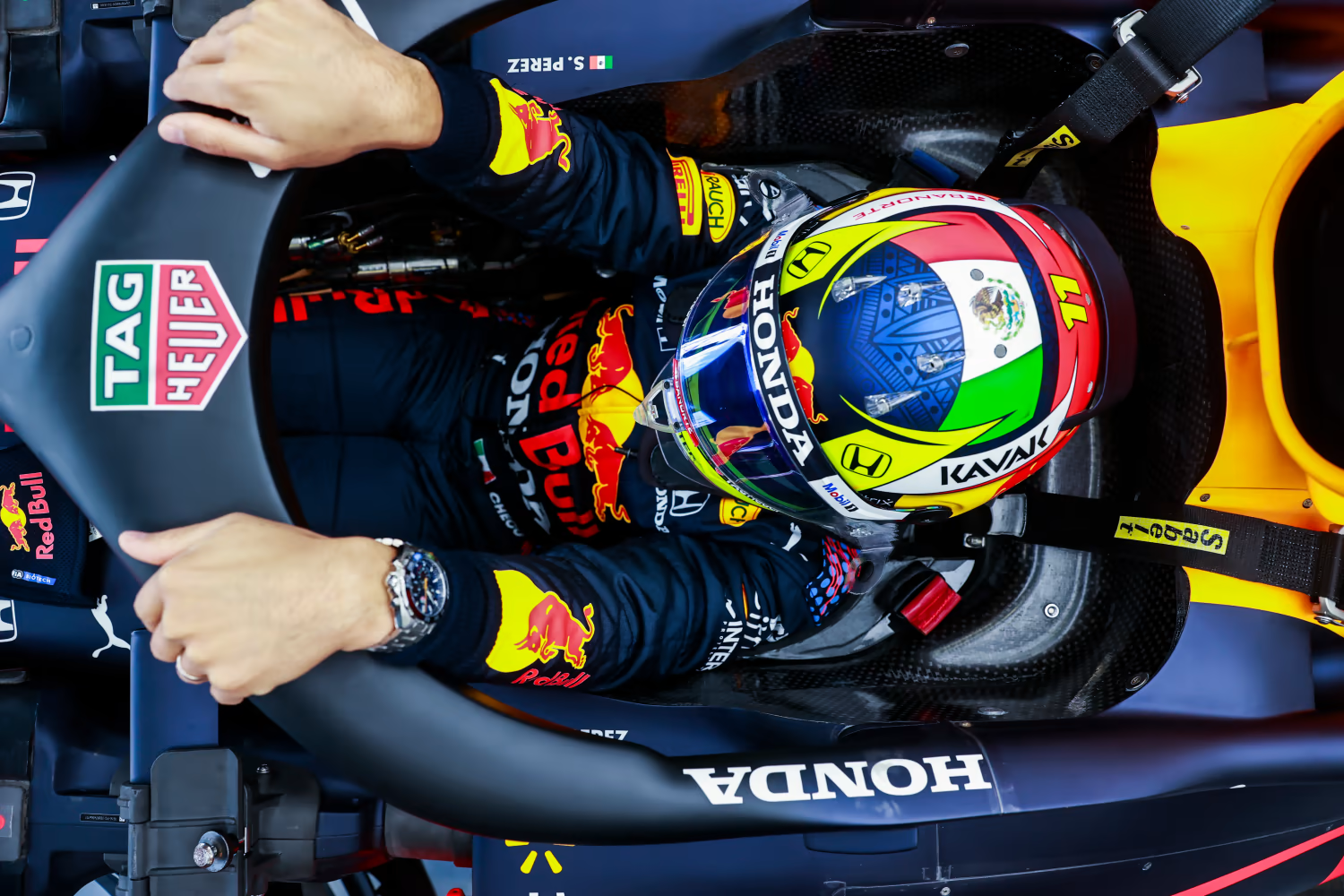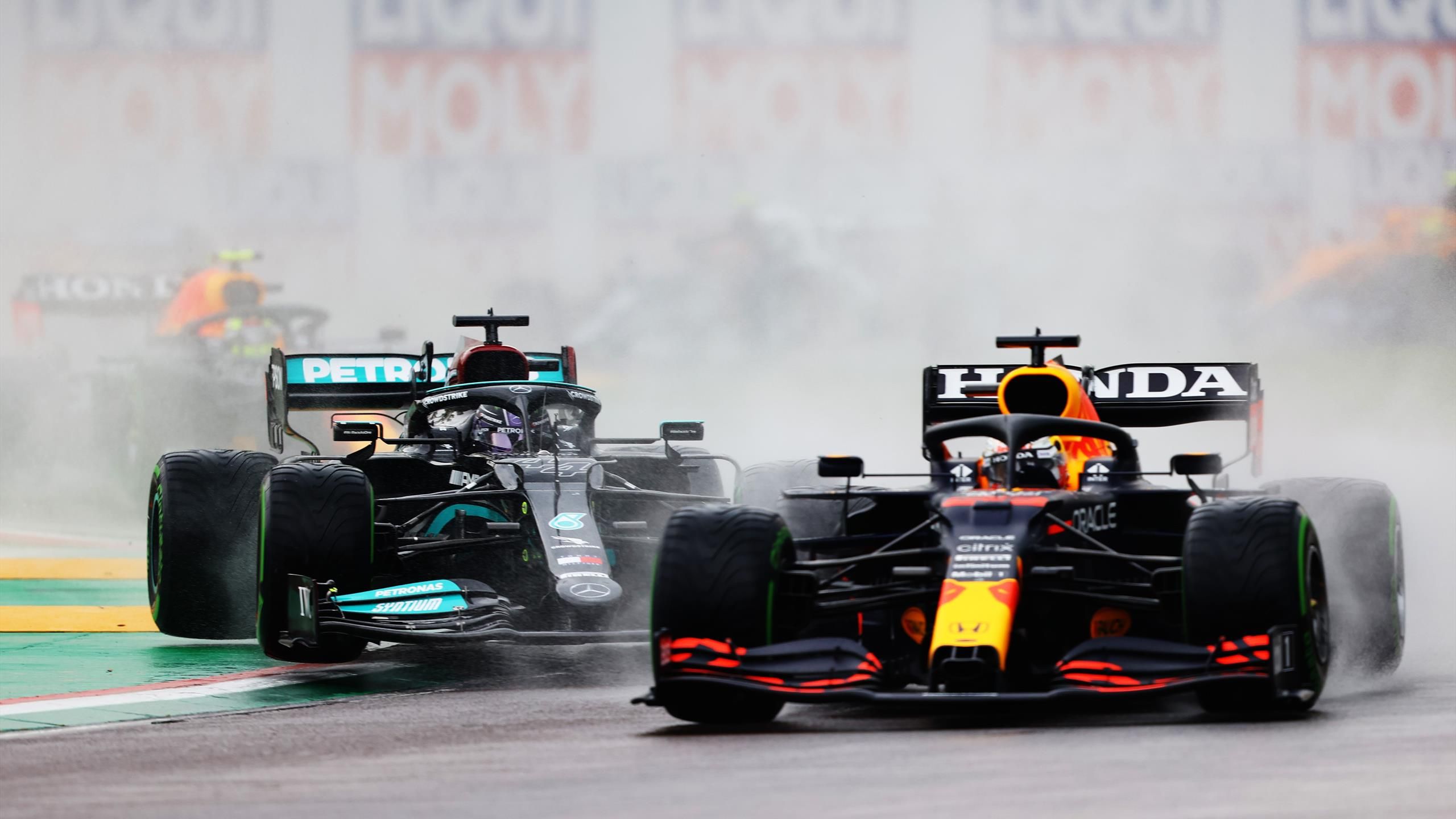
F 1 F 1 Showdown: A Comparative Analysis of Two Iconic Seasons in Formula 1 History
In the heart of motor racing lies Formula 1 (F 1), a pinnacle of speed, strategy, and competition. This blog dives deep into the riveting world of F 1, specifically focusing on two of its most iconic seasons. By dissecting the nuances, drivers, and moments that made these seasons unforgettable, we can glean insights into what makes Formula 1 so captivating.
For avid fans and newcomers alike, the world of Formula 1 is more than just cars speeding on asphalt; it’s a symphony of technology, strategy, and human willpower. F 1, the zenith of motor racing, has given us countless memories over the years. Yet, some seasons stand out more than others. This blog will provide a granular comparison of two such iconic seasons in the annals of F 1 history, showcasing the dramatic races, profound rivalries, and evolutionary shifts that they brought to the F 1 race track.
F 1 F 1 Showdown A Brief Timeline
Since its inception, Formula 1 racing has witnessed a myriad of transformations, both technologically and culturally. Initially, F 1 cars were simple, driven more by raw power than the technological marvels we see today. But as years passed, every season brought innovations – aerodynamic tweaks, engine modifications, tire strategies, and more.
In the backdrop of these technological leaps were political decisions, societal changes, and global events. The 1970s, for instance, were marred by safety concerns, leading to significant changes in car design and circuit standards. The 2000s, on the other hand, were a showcase of technological advancements, with teams harnessing data analytics and simulation tools to gain a competitive edge.
The Environment Preceding the Iconic Seasons
Leading up to our two iconic seasons, Formula 1 underwent several transitions. The sport grappled with commercial pressures, evolving sponsorships, and television rights deals. Each of these factors played a pivotal role in shaping the nature and spirit of the F 1 races.
The regulatory environment, a balance between maintaining competitive fairness and fostering innovation, also saw notable changes. Some of these regulations were born out of tragedies, making the sport safer. Others were crafted in boardrooms to make the sport more exciting or to level the playing field.
As we navigate through our journey of these two seasons, understanding this context is crucial. It’s not just about who won or lost, but why and how they did.
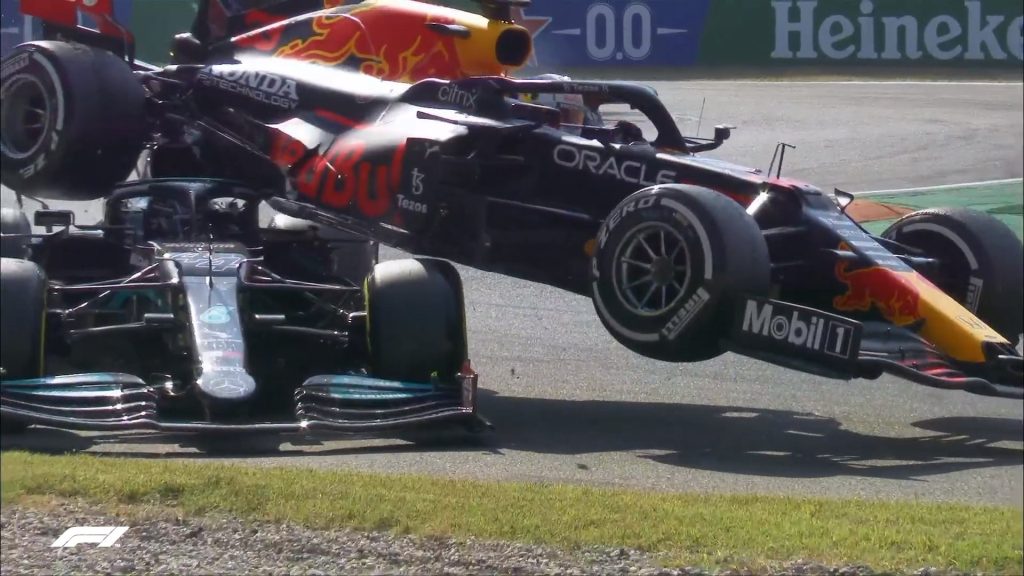
Overview of the First Iconic Season
Spotlight on the First Season: Details and Defining Moments
Date: 1992 Formula 1 Season
Major Teams and Drivers:
- Williams-Renault: Nigel Mansell, Riccardo Patrese
- McLaren-Honda: Ayrton Senna, Gerhard Berger
- Benetton-Ford: Michael Schumacher, Martin Brundle
Noteworthy Races and Moments:
- San Marino Grand Prix: A race dominated by Mansell, demonstrating the sheer power and sophistication of the Williams FW14B.
- Monaco Grand Prix: A legendary finish where Senna held off a hard-charging Nigel Mansell in the closing laps after Mansell pitted for fresh tires.
- Hungarian Grand Prix: Where Ayrton Senna and Nigel Mansell went wheel-to-wheel, further fueling their intense rivalry.
F 1 F 1 Showdown –The Major Players
The F 1 grid is always a mosaic of talent, with teams and drivers bringing their unique flair to the circuit. This season was no different. The iconic Scuderia Ferrari, with their signature red cars and passionate fanbase, faced fierce competition from the likes of McLaren, Williams, and the emerging Red Bull Racing.
Top-tier drivers, each with their ambitions and narratives, took to the grid. From seasoned champions defending their legacy to young guns looking to make their mark, the battles were not just between teams but within them.
Technological Breakthroughs
This season was a testament to the ever-evolving technological battleground that is Formula 1. Innovative aerodynamics, breakthroughs in engine efficiency, and the introduction of hybrid technologies were some of the highlights. Teams not only tinkered with the machinery but also with race strategies, leveraging data analytics to predict weather patterns, tire wear, and even opponent behaviors.
Memorable Races and Turning Points
In a sport as dynamic as F 1, every race can be decisive, but some leave an indelible mark. Races like the rain-soaked Monaco Grand Prix, where strategy and skill converged, or the high-altitude challenge of the Mexico Grand Prix, tested the mettle of both man and machine. These races, interspersed with dramatic overtakes, pit-lane blunders, and unexpected outcomes, stitched together a season that would be etched in Formula 1 history.
The Season’s Imprint on Formula 1
When the engines silenced at the end of the season, the echoes of its significance lingered. Beyond the championship standings, this season set a precedent in terms of sportsmanship, innovation, and pure racing ethos. It was not just a chapter in Formula 1’s story but a pivotal turning point that influenced subsequent seasons.

Overview of the Second Iconic Season
Spotlight on the Second Season: Key Events and Personalities
Date: 2007 Formula 1 Season
Major Teams and Drivers:
- Ferrari: Kimi Räikkönen, Felipe Massa
- McLaren-Mercedes: Fernando Alonso, Lewis Hamilton
- BMW Sauber: Nick Heidfeld, Robert Kubica
Noteworthy Races and Moments:
- Canadian Grand Prix: Robert Kubica’s horrific crash, which he miraculously survived without serious injury and returned just one race later.
- European Grand Prix at Nurburgring: Where rookie Lewis Hamilton’s mistake in the pit lane gravel led to a dramatic race under heavy rain.
- Brazilian Grand Prix: In a nail-biting finale, Kimi Räikkönen won the race and the championship by just one point, overtaking both McLaren drivers in the championship standings.
Major Players: New Faces, Familiar Giants
This season heralded the rise of new stars while stalwarts like Mercedes, Ferrari, and Red Bull Racing continued their dominant presence. Teams like Racing Point and AlphaTauri, though not the traditional giants, showcased immense promise and brought unexpected twists to the Formula 1 race track.
On the driver’s front, veterans continued their quest for dominance, while rookies, with their fresh energy and fearless approaches, provided ample on-track drama. The dynamic between the experienced and the new blood encapsulated the spirit of this season – a blend of wisdom and audacity.
Technological Innovations
Formula 1’s essence lies in its continual evolution, and this season was a pinnacle of technological advancement. With the introduction of advanced hybrid systems, the cars were not only faster but more efficient. The push for sustainable racing saw teams adopting eco-friendly technologies and practices, setting the tone for future F 1 seasons.
The DRS (Drag Reduction System) became more sophisticated, making overtaking an art of strategy rather than mere speed. Teams also experimented with new tire compounds, seeking the perfect balance between grip and longevity, leading to nail-biting pit stop decisions during races.
Races that Defined the Season
Every season has its defining moments, and for this one, it was races like the Bahrain Grand Prix, where the desert track, under the floodlights, offered a unique challenge of tire degradation and temperature management. The street circuit of Baku, with its tight corners and long straights, saw underdogs triumph and favorites falter.
But, the jewel in the crown was the Singapore Grand Prix. With its glittering skyline, challenging humidity, and strategic complexity, it became the theatre for one of the most intense battles in Formula 1 history.
The Legacy of the Season
By the final race, it was evident that this wasn’t just another year in Formula 1. It was a statement season, a reflection of where the sport was headed. The emphasis on sustainability, the embrace of technology, and the unpredictable nature of races made it a cornerstone for future F 1 narratives.
Comparative Analysis
Team Dynamics and Strategies
Both seasons, while distinct, had overarching themes. In the first, the legacy teams held their ground, leveraging experience and depth. The second season, on the other hand, saw the emergence of dark horses, challenging the established order.
Strategically, while the first season was about maximizing car performance, the latter was about holistic racing – managing tires, fuel, and hybrid systems. The pit wall, with its array of screens and data, became as crucial as the driver behind the wheel.
Technological Growth: A Leap Forward
Comparing the cars from the two seasons, the evolution was evident. Aerodynamics became more refined, the engines more efficient, and the electronic systems more integrated. The quest was no longer just about speed but about optimizing every single aspect of the race car.
Racers: The Old Guard vs. The New Wave
While the first season celebrated the champions and their legacies, the second was a testament to the future. Rookies stepped up, challenging veterans and setting the stage for intriguing rivalries. The baton, it seemed, was in the process of being passed, promising fans several years of exhilarating F 1 races.
The Evolution of the F 1 Race Between the Two Seasons
Regulatory Revisions and Their Impacts
As with any sport, regulations play a critical role in Formula 1. Between the two seasons, significant regulatory changes, especially concerning car design and engine specifications, changed the competitive landscape. Some teams adapted quickly, while others took time, leading to shifts in the power dynamics on the grid.
External Influences: More than Just Racing
Global events, especially economic and political shifts, influenced the sport profoundly. Sponsorship deals, team ownerships, and even race locations were affected, bringing new challenges and opportunities. The adaptation to these external factors, often off the track, played a significant role in the on-track performances.
The Changing Face of F 1: Beyond the Circuit
Between the two seasons, the Formula 1 brand also evolved. With a push towards digital platforms, fan engagement reached new heights. Virtual races, interactive sessions, and behind-the-scenes content on platforms like Formula 1 Review became crucial in bringing fans closer to the sport they love.
As we navigate through this comparative journey, the transformation of Formula 1 becomes evident. It’s not just about fast cars but about the intricate tapestry of strategy, technology, and human endeavor. Stay tuned to our subsequent sections, where we delve even deeper into the world of F 1, drawing insights and celebrating the sport in all its glory.
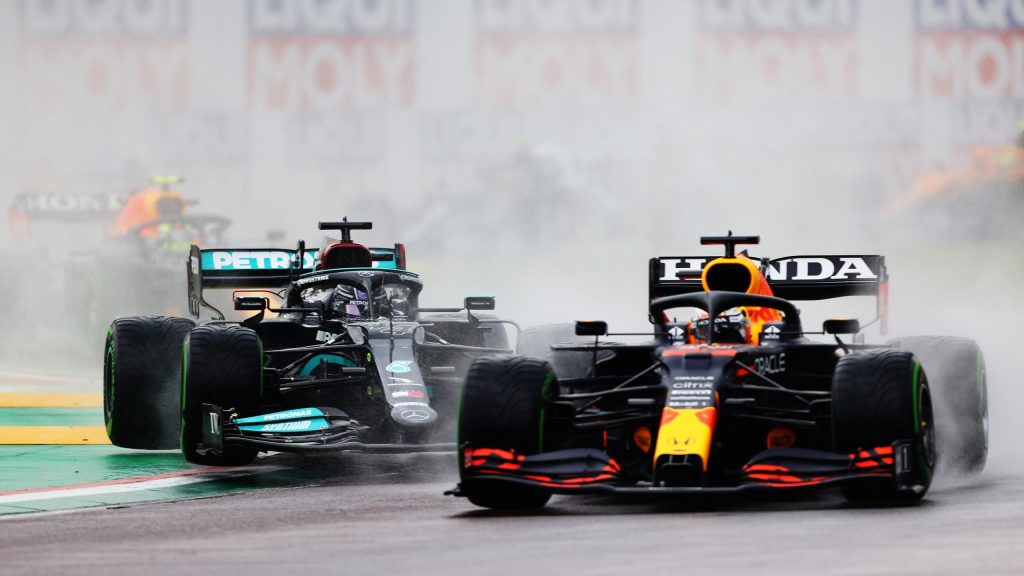
Key Takeaways and Lasting Legacy of Both Seasons
Innovation at the Forefront
Both the iconic seasons showcased the sport’s continuous drive for innovation. From aerodynamic tweaks to advanced hybrid systems, Formula 1 teams pushed the boundaries of what was technologically possible. It wasn’t just about being the fastest anymore; it was about being the smartest on and off the track.
The Importance of Strategy
If there’s one thing that stood out, it was the importance of race strategy. Decisions made on the pit wall, often in the heat of the moment, could make or break a race or even a season. Tire choices, pit stop timings, and handling safety car periods became as vital as a car’s speed. The integration of advanced simulations and data analytics tools took decision-making to an unprecedented level of precision.
Rivalries: Fuel for the Sport
The heart of any sport lies in its rivalries, and these seasons were no exception. Whether it was between teammates or arch-rival teams, these battles brought drama, tension, and unforgettable moments that fans cherished. Rivalries, both old and new, kept fans on the edge of their seats, adding layers to the Formula 1 narrative.
Formula 1’s Growing Footprint
The global appeal of Formula 1 grew exponentially during these times. New circuits, emerging fan bases in untapped markets, and a digital revolution brought the sport closer to millions around the world. Engagements through platforms like Formula 1 Review made the sport more accessible, breaking barriers and forging new connections.
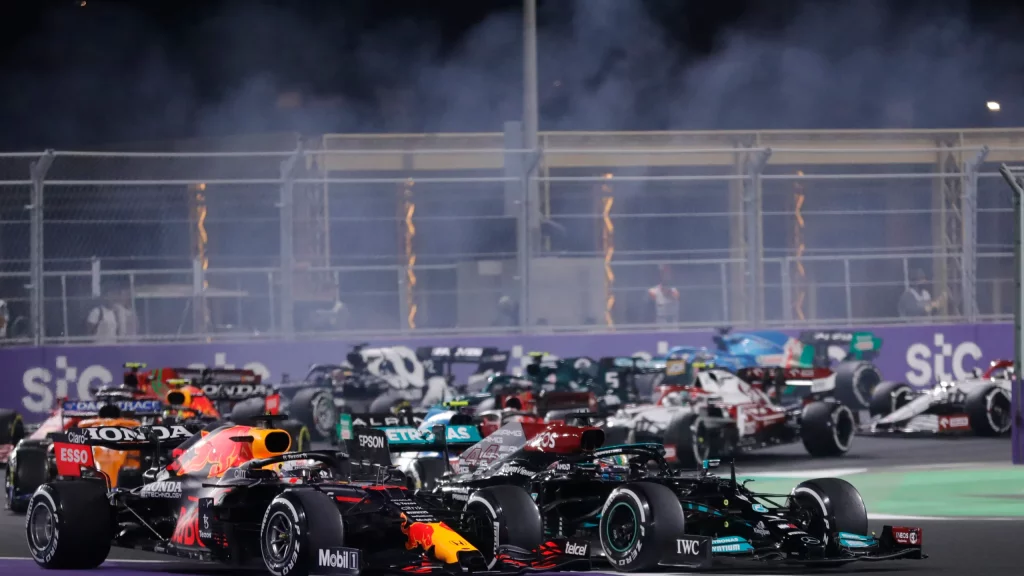
Formula 1, as witnessed in these two iconic seasons, is a sport in perpetual motion. The cars, the drivers, the technology – everything evolves, but the essence remains unchanged. It’s a pursuit of excellence, a dance of strategy, and a testament to human ambition.
The two analyzed seasons, each unique in its narrative, highlight the sport’s multifaceted nature. From the roar of the engines to the silent calculations on the pit wall, from the fierce battles on the track to the diplomatic negotiations off it, Formula 1 is a world in itself.
As we look ahead, the lessons from these seasons will undoubtedly shape the future of F 1 races. The importance of adaptability, the blend of experience with audacity, and the unwavering drive for improvement are principles that will guide teams, drivers, and stakeholders.
In wrapping up this deep dive into the rich tapestry of Formula 1’s history, it’s evident that the sport, in all its complexity, offers more than just racing. It offers stories of perseverance, tales of rivalry, showcases of innovation, and above all, an undying spirit of competition.
For fans, newcomers, and seasoned veterans alike, platforms like Formula 1 Review ensure that this spirit is celebrated, analyzed, and cherished. As we look forward to more races, more moments, and more stories, one thing is for certain – the world of Formula 1 will continue to captivate, inspire, and evolve.
Thank you for joining us on this high-speed journey through time. The tracks may change, the cars may evolve, and the faces may shift, but the heart of Formula 1, as these iconic seasons have shown, remains eternally passionate.

